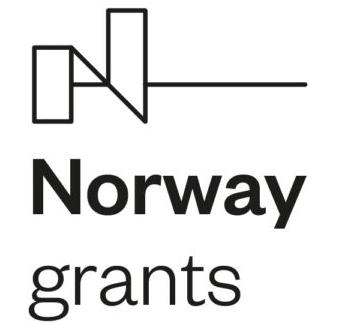About the project
The commercial use of drones is increasing in construction, agriculture, transportation, communication and surveillance, globally. This rise introduces the necessity to operate drones year-round and in an extended range of weather conditions. Heavy precipitation and strong winds are obvious limiting factors for both the operator and the aircraft / drones itself. However, during the winter season the risk assessment of icing conditions is a complex task, especially when the drone operates beyond the line of sight or autonomously.
 The operation of aircraft in icing conditions introduces the risk of failure and can result in damage or loss of the aircraft, the freight or in the worst case, damage or injury to third parties’ health or property. In the IceSafari project we aim to reduce the risk of operating drones in cold weather and icy conditions. The value added of the partnership resides from the work performed together in order to develop high quality technology and scientific results at the research frontier.
The operation of aircraft in icing conditions introduces the risk of failure and can result in damage or loss of the aircraft, the freight or in the worst case, damage or injury to third parties’ health or property. In the IceSafari project we aim to reduce the risk of operating drones in cold weather and icy conditions. The value added of the partnership resides from the work performed together in order to develop high quality technology and scientific results at the research frontier.
Furthermore, the above activities will enhance the Romanian participation on the European and international science and innovation arena, through knowledge transfer and future joint activities
Objectives
- Develop a cluster of sensors called “IceWarn”, to contribute to the safe operation of commercial drones, by avoiding icing conditions,
- advance the understanding of mixed-phase clouds through extensive aircraft measurements, which are critical for addressing current shortcomings in the representation of supercooled liquid in numerical weather prediction and climate simulations,
- build a sustainable cooperation between Romanian and Norwegian institutions.
Financing
EEA/Norway Grants 'Safer flights for UAVs and small aircraft: better understanding of icing conditions in clouds (IceSAFARI)', granted by EEA with the project number RO-RESEARCH-0031.
The research project started in September 2020 and will last until February 2024.
Cooperation
The project is carried out with researchers from Norway and researchers from research institutions in Romania. Partner institutions in the IceSafari research project are these:
- NAROM, Andøya Space Centre, Norway
- Department of Geosciences, University of Oslo, Norway
- University of Bucharest, The Faculty of Physics, Romania
- The National Institute of Aerospace Research (INCAS), Romania
Tools / infrastructure
This project benefits from and uses the new infrastructure 'The Cold Climate Container'. This is a laboratory that can provide stable cold conditions for scientific tests of, for example, on use of scientific instruments in cold environments.
Read more about The Cold Climate Container
The Cold Climate Container and laboratory is a infrastrucure at Department of Geosciences, University of Oslo, Norway. The container with instrumentation is located centrally at the university campus at Blindern (Oslo) and is in use by different research projects at University of Oslo.

